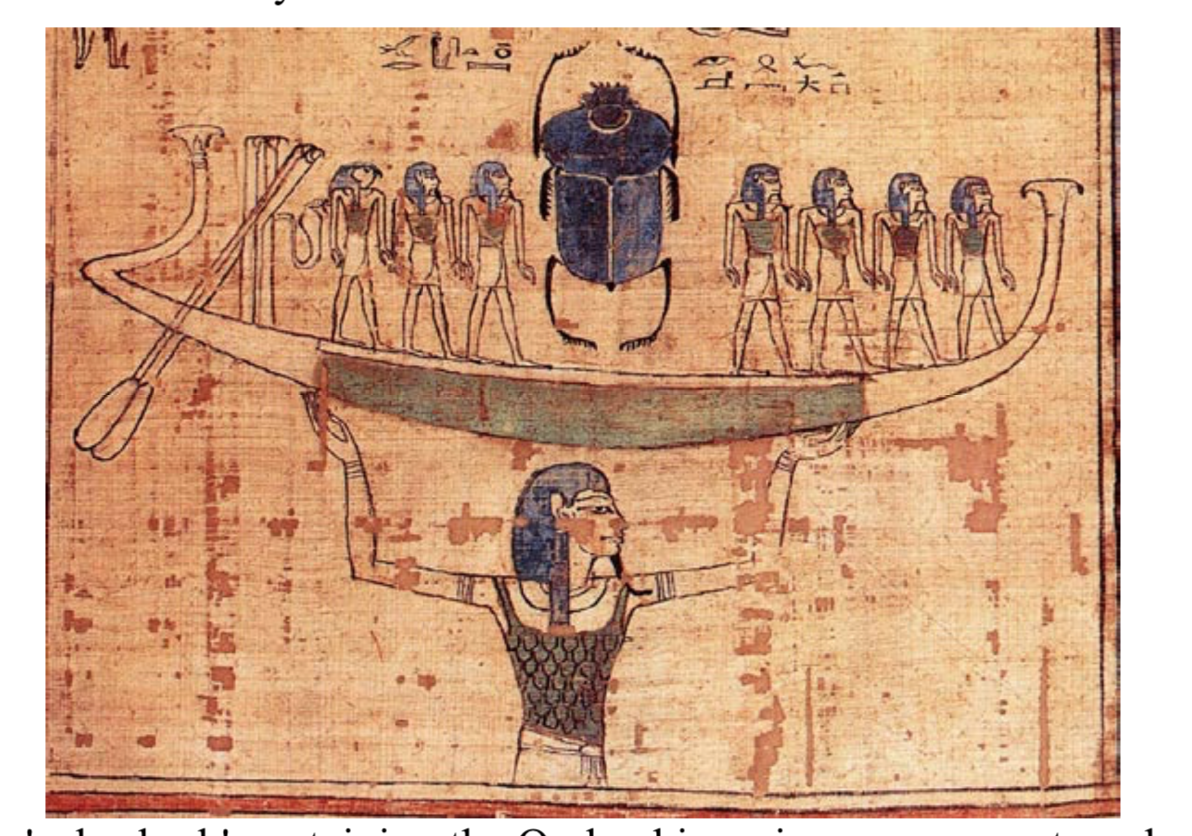Now let us go to possibly the oldest of human scriptures, the RigVeda, going back to at least 6,000 BCE, and look for a similar expression.
"Aṣṭau putrāso aditerye jātāstanvas pari l devānupaprait saptabhiḥ parā mārtāṇḍamāsyat ll"
Eight are the Sons of Aditi who from her body sprang to life.
With seven she went to meet the Gods she cast Martanda far away.
Rig Veda: Rig-Veda, Book 10: HYMN LXXII. The Gods.
And the explanation: "A dawn of thirty days, as we measure days, implies a position so near the North Pole, that the period of sunshine at the place could not have been longer than about seven months, comprising, of course, a long day of four or five months, and a succession of regular days and nights during the remaining period; and we find that the RigVeda does preserve for us the memory of such months of sunshine. We refer first to the legend of Aditi, or the seven Âdityas (suns), which is obviously based on some natural phenomenon. This legend expressly tells us that the oldest number of Âdityas or suns was seven, and the same idea is independently found in many other places in the RigVeda."
The legend says the eighth, the not-fully formed sun, Martanda (Mrita anda = dead egg), who was cast away by Aditi, the God Mother, was used to create humankind which will be born and die. As for the boat, does not the sun row his boat across the sea of the sky (That is why 'Tarani' in Sanskrit, one who rows across is sin, and Triath in old Irish, Triton in Greek, and Thridi in old Norse relate to sea.
"Arctic Home in Vedas", BG Tilak, Chapter VII - Months and Seasons.

